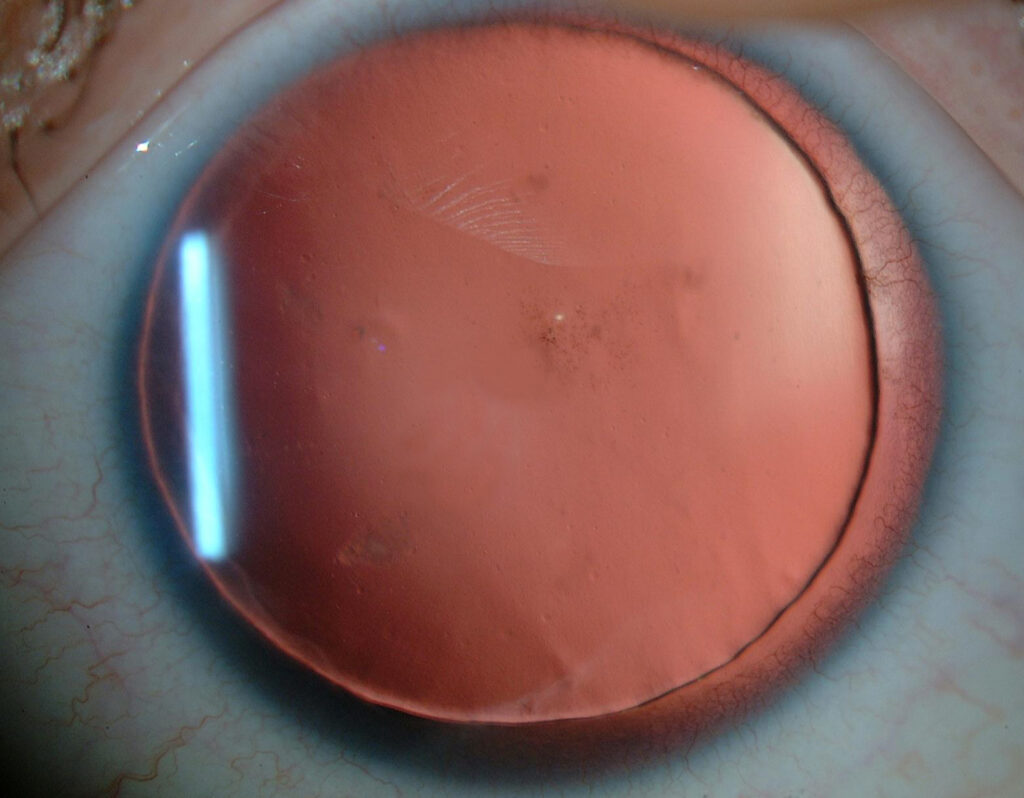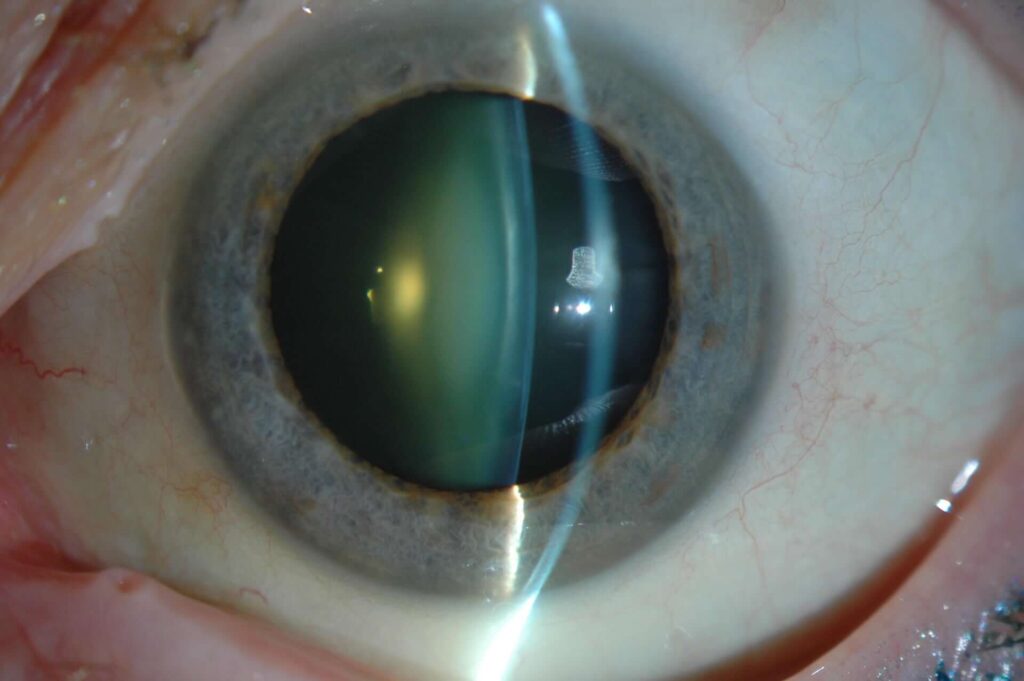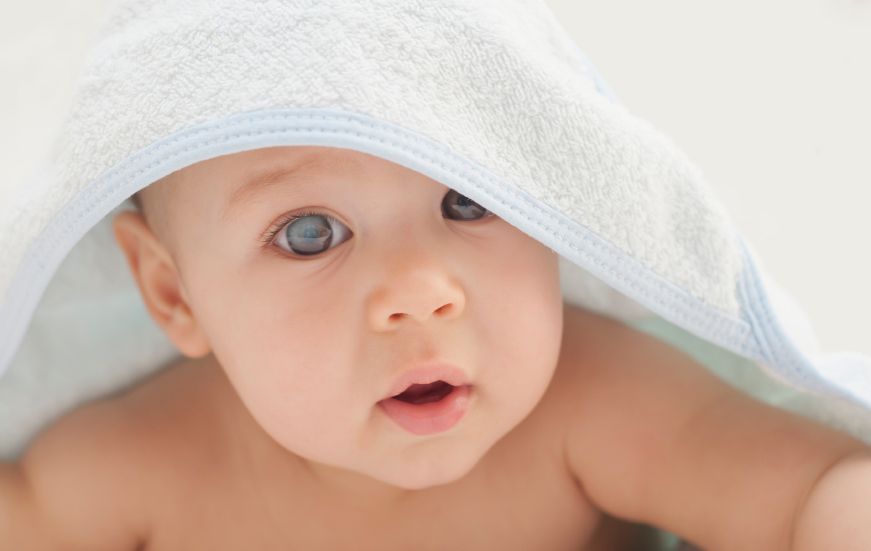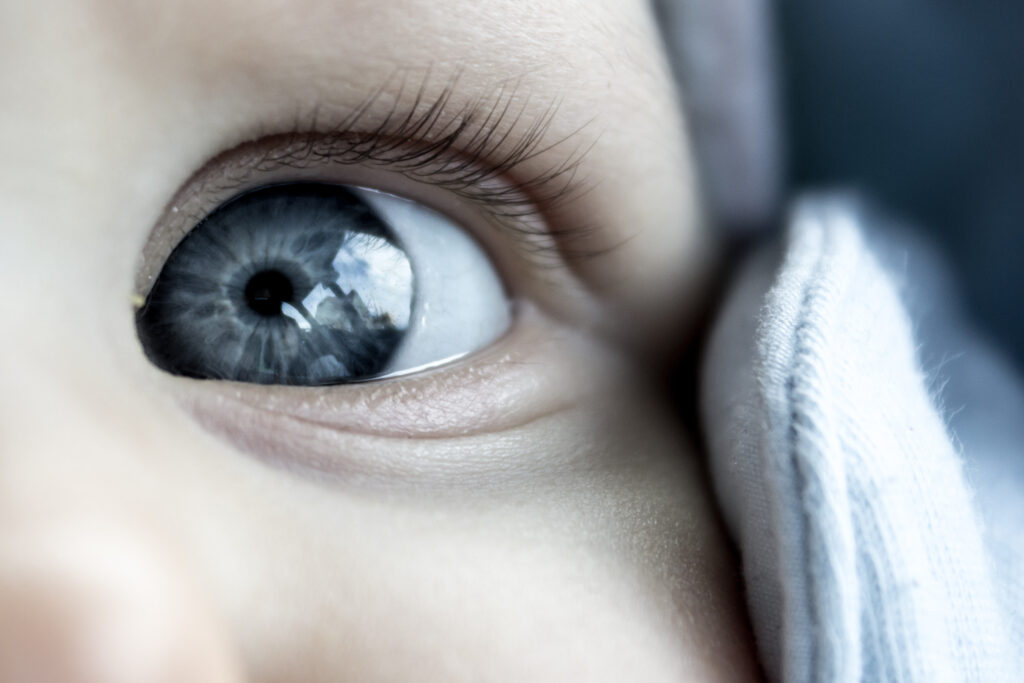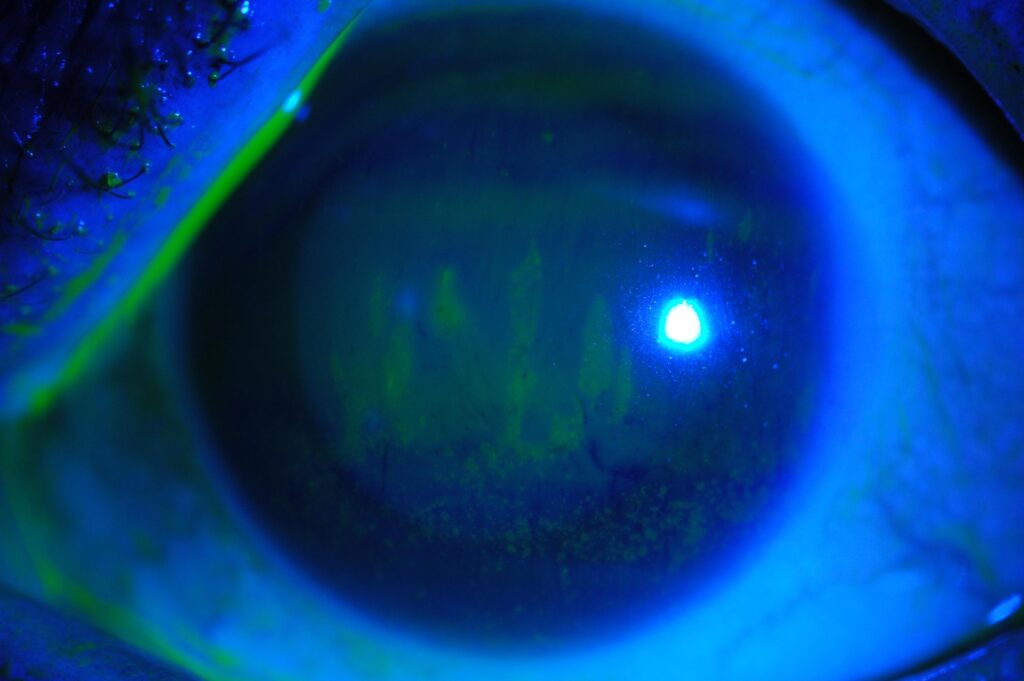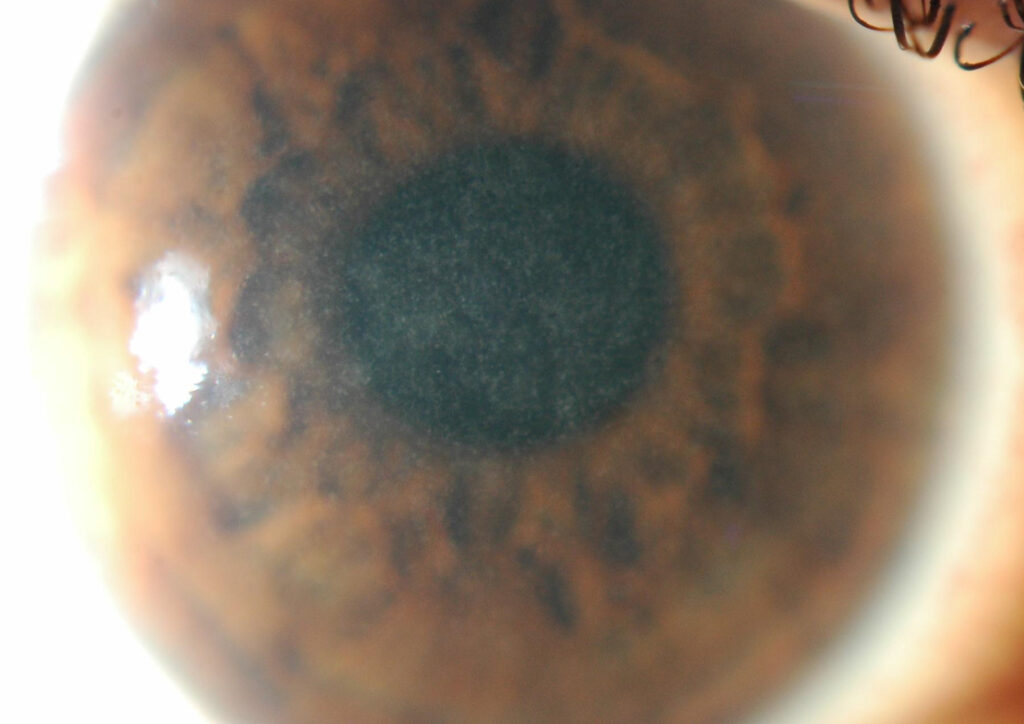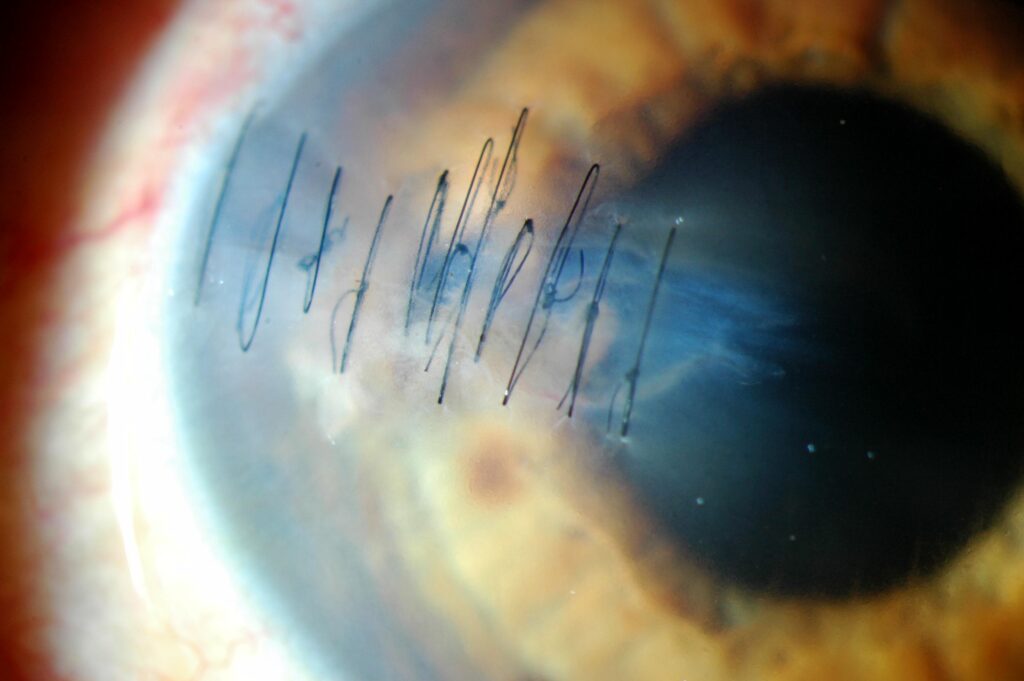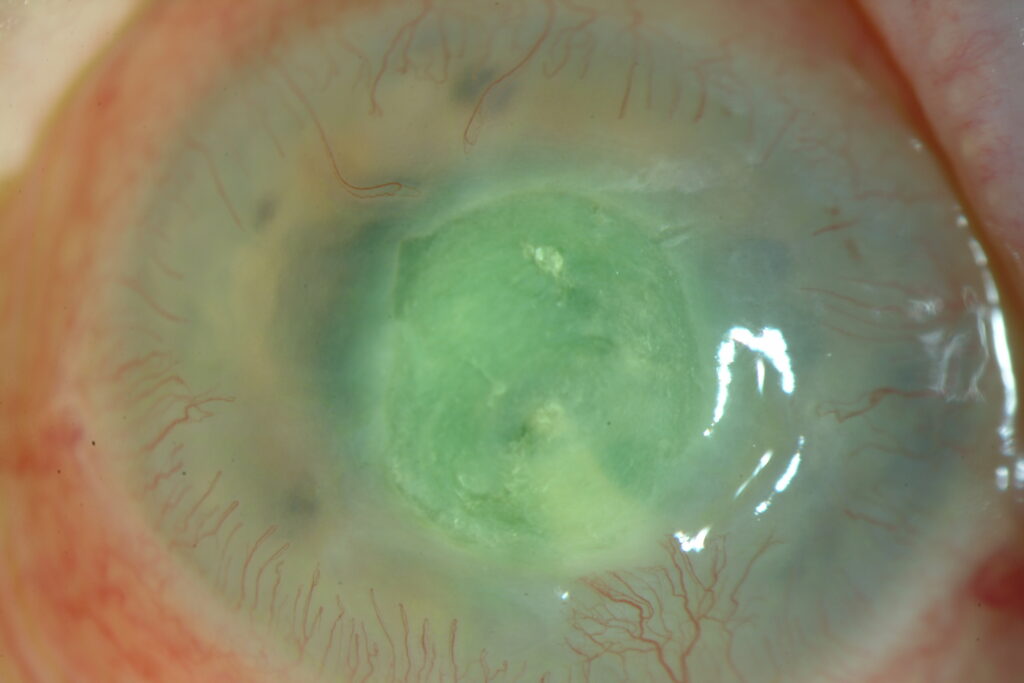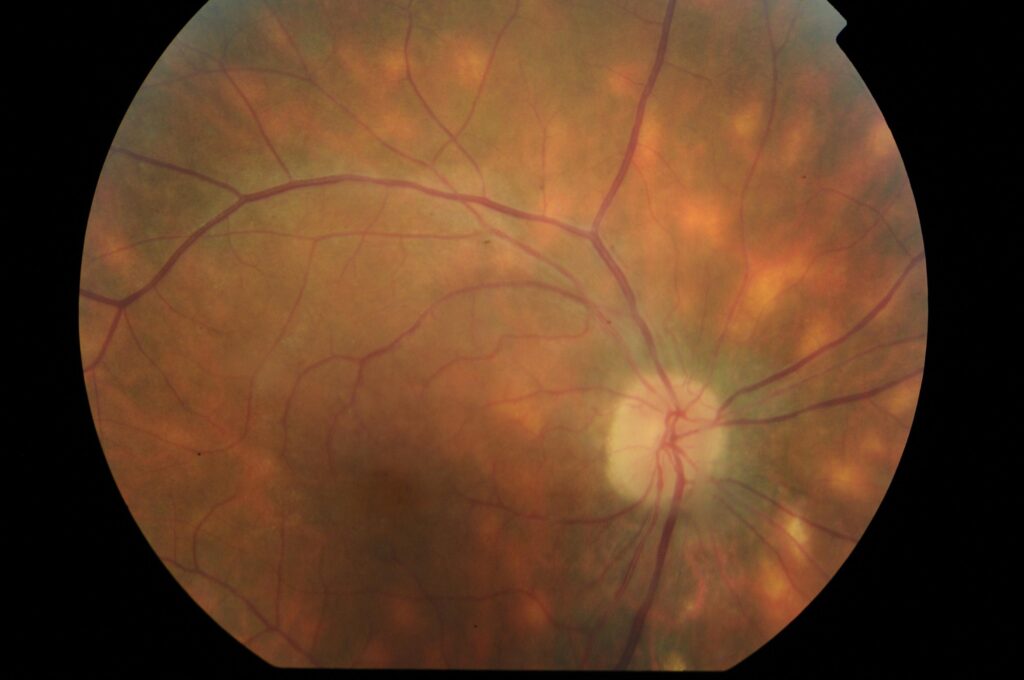Symptoms
Photophobia
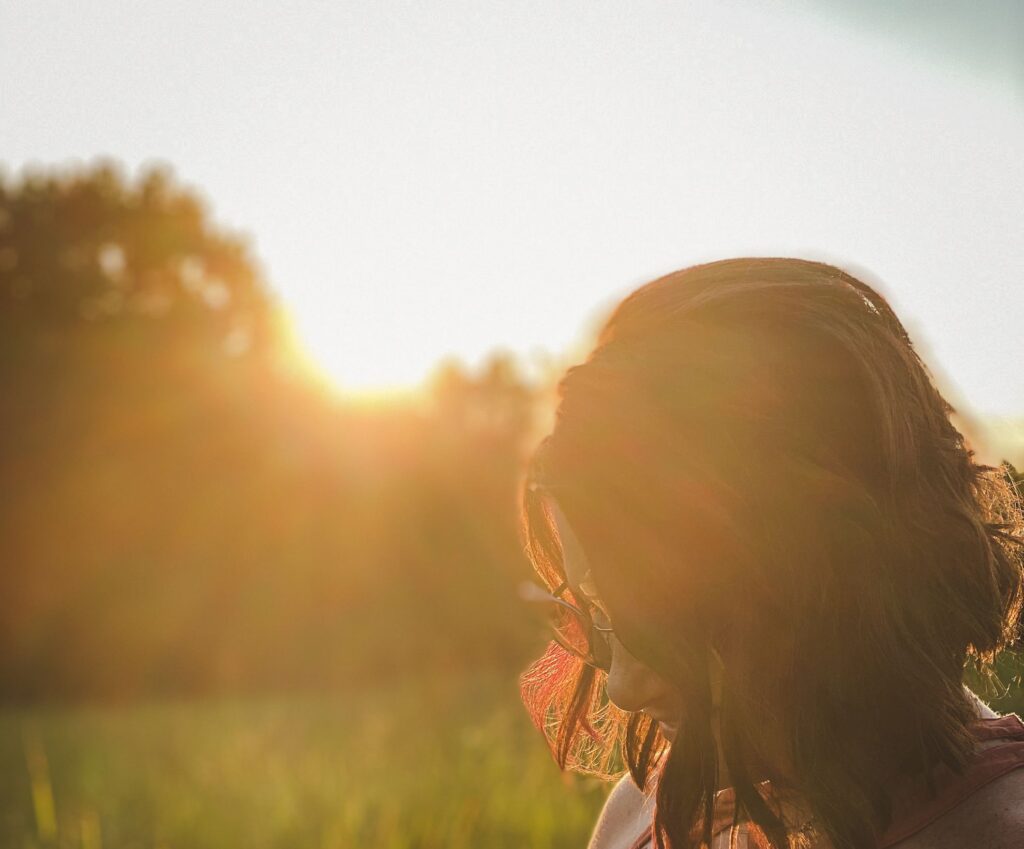
What is photophobia?
Photophobia is not an eye disease as such, but a disorder characterised by extreme sensitivity to light. Thus, the patient feels great discomfort in their eyes when they are in an environment with excessive lighting.
Associated pathologies
Photophobia can also be fostered by:
- Light eyes: people with light eyes have a less pigmented iris, which allows more light to pass through and, therefore, increases the likelihood of photophobia.
- Albinism: this is a pathology characterised by the absence of melanin (the natural pigment that colours eyes, skin and hair). The lack of melanin makes the eyes extremely sensitive; thus, albino patients are forced to wear dark glasses at all times.
- Contact lenses: they increase sensitivity to light and can end up causing photophobia, if they are not properly adjusted.
- Refractive surgery: on rare occasions, surgeries to correct the most frequent refractive errors, mainly myopia, can leave an unwanted after-effect in the form of photophobia and night halos.
- Medication: some medicines (and certain drugs) increase sensitivity to light by causing the pupil to dilate abnormally.
How does photophobia affect?
The main symptom you will notice, if you have photophobia, is eye pain so severe that it can force you to close your eyes when exposed to light.
In addition to this pain, eye irritation is common, as well as abundant tearing and constant itching of the eyes.
Sometimes photophobia can be associated with other more severe symptoms, such as dizziness, headache, blurred vision, nausea and even vomiting.
What to do if you have photophobia?
Generally speaking, it is a temporary phenomenon, although, if the discomfort persists for two or three days, it is necessary to seek the help of an ophthalmologist, so that they can determine the underlying cause of photophobia and prescribe the appropriate treatment.
The treatment of photophobia, whose cause is nonspecific, basically consists of avoiding environments with excessive lighting by lowering the blinds, closing the curtains and turning on indirect, dim and non-white lights. Outdoors, we recommend wearing sunglasses, preferably with special filters and side protection.
However, if you suffer from photophobia due to an underlying disorder or disease, we must look for specific solutions to the original problem and thus eliminate extreme sensitivity to light.
Ask for an appointment at Miranza and take care of your eye health.
